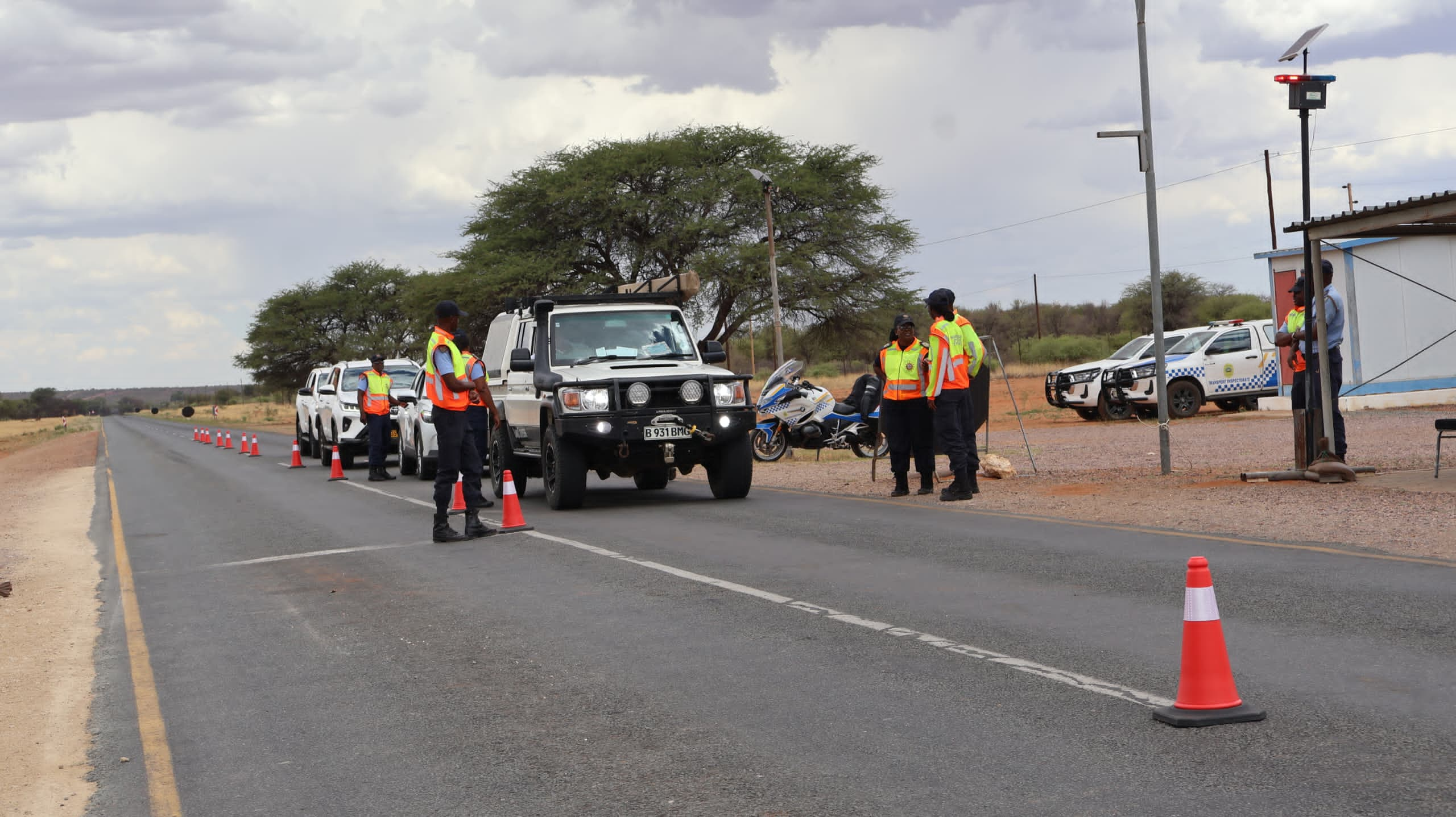The famous saying “if it can’t be grown, you have to mine it” perfectly illustrates the importance of farming and mining to humankind.
Yet mining, considered the backbone of Namibia’s economy, remains one of the most (literally) under-explored sectors despite its potential to alleviate socio-economic problems.
Although words such as “rich” and “endowed” are used to describe Namibia’s mineral wealth, does Namibia really know what lies beneath its surface to be categorised as endowed with mineral resources?
Let’s explain minerals through the lens of farming to better understand the mining value chain.
When travelling throughout the Owambo regions, one notices that although most households possess mahangu fields capable of yielding crops, only those fields which have been ploughed and well prepared will yield a harvest after receiving rainfall.
Mining is no different. Although many individuals and companies possess mineral licences (EPLs), these need to be explored to confirm whether they possess predicted subsoil minerals capable of being mined and processed.
FUNDING FACTOR
As exploration requires financial resources to procure the required technical expertise, who can licence holders approach to secure funding?
One option may be line ministries or relevant parastatals, but that is likely a dead end because of budget constraints and mandate limitations.
Next are commercial banks and financial institutions, but their assessment of risk may be too high to fund early stage (i.e. greenfield) exploration projects, because of the medium- to long-term implementation phases of mining projects.
Another option may be local investors seeking to diversify their investment portfolios through capital injection and joint ventures, but these hardly materialise, because of the capital-intensive nature of exploration campaigns.
As a last resort, licence holders can turn to foreign investors for technical and financial capacity, but this presents certain challenges, especially relating to negotiations.
The Ministry of Mines and Energy’s (MME) administrative role is usually limited to granting mineral licences: It may not negotiate commercial terms on behalf of the parties other than to provide, for example, regulations related to retaining a minimum 15% local ownership in such licences upon transfer.
This means terms on the purchase price and further obligations are negotiated between the licence holder and the investor without interference from MME.
In most instances, such negotiations are unsuccessful, because of not agreeing on the purchase price, or because geological data on the licence area is insufficient to entice investment.
Therefore, when a mineral licence is due for renewal three years after being granted, MME is unlikely to renew it because of insufficient exploration work.
Alternatively, MME can renew the licence on condition that a portion (usually 25%) of the licence area is “cut off” (i.e. relinquished).
Regardless of whether a licence holder loses a mineral licence due to non-renewal or a portion thereof due to relinquishment, there is a high possibility the next licence holder will face the same funding challenges.
What follows is the same licence area being ‘recycled’ between various holders for years without sufficient exploration to determine the existence of minerals.
WHO ARE THE NAMIBIAN PEOPLE?
Historical data may provide a direction on an area’s potential, but these reports are usually outdated and may have targeted minerals other than the ones currently sought.
To update such data requires financing. Without funding, an area’s mineral potential cannot be determined.
In rare instances where exploration yields positive results in identifying commercial resources and reserves, the initial parties to the agreement (licence holder and investor) benefit from the spoils.
Although statements such as “let the resources benefit the Namibian people” are bandied about, who exactly are the ‘Namibian people’?
Is it the individual licence holder benefiting from the sale of equity in their licence to attract investment and develop the licence area, or is it the population waiting to benefit from the lower hanging fruit of such transactions?
It appears that licence holders possess the ultimate power.
They are not only ‘gate keepers’ between investors and access to mineral rights, but the terms they negotiate ‘behind closed doors’ early on (e.g exploration) have long-term effects on how mineral benefits may accrue to the population at large once mineral discoveries are extracted.
If negotiated for ‘individual gain’ only, the government has little or no power to change the agreed terms when mining activities are underway, other than to resort to nationalisation concepts which are not as straightforward.
WHERE DOES IT LEAVE US?
So, is Namibia really rich and endowed with mineral resources?
As most licence areas have yet to be fully explored, a plausible conclusion is that Namibia does not know ‘conclusively’ what lies underneath its surface and can therefore not make assertions of ‘mineral endowment’ based on historical data.
Mineral resources/reserves can only be quantified through extensive exploration, but, as noted, securing financial resources is challenging.
Therefore, with Mercedes Benzes a luxury for the few and poverty reserved for the masses, minerals galore appear to exist for a few in a starving state.
- * Stanley L Kambonde is a mining professional with an LLM in oil, gas and mining law.
Stay informed with The Namibian – your source for credible journalism. Get in-depth reporting and opinions for
only N$85 a month. Invest in journalism, invest in democracy –
Subscribe Now!







